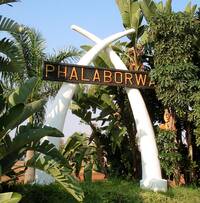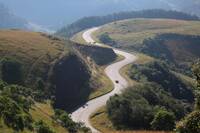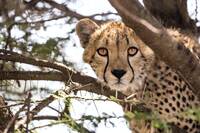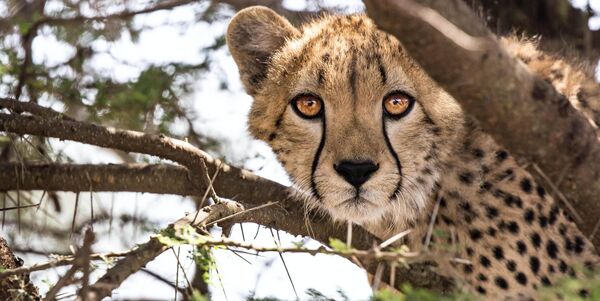Must-see places to visit in Limpopo Province, Southern Africa.
Phalaborwa Safari Park

Take a walk on the Wild Side at Phalaborwa Safari Park, A Forever Resort. This Resort is located on the doorstep of the Kruger National Park, a stone’s throw away from the Phalaborwa Kruger National Gate. Its powered camping sites are nestled in between the indigenous Mopani trees, which forms part of the Kruger National Park's Big 5 Trees.
Phalaborwa Gate offers great access for day trips into the park, and if you have time, you can enter here and exit at Orpen Gate, making your way back to your accommodation in Phalaborwa via a different route. An interesting landscape can be found at Phalaborwa Gate, where granite stands forms a series of ‘kloppies’ that have been used as navigational landmarks for centuries. The drainage lines and contours around dry stream beds are good game-spotting areas.
Magoebaskloof
Winding along the steep slopes of the Magoebaskloof Escarpment, the magnificent Magoebaskloof Pass traces the edge of the highveld in the Limpopo Province.
The Magoebaskloof Pass is one of the steepest tarred roads in South Africa, featuring twisting horseshoe turns and sharp hairpin bends. The surrounding landscape is characterised by dense indigenous woodlands, eucalyptus tree and pine tree plantations, cycads, and bushveld country.

Visitors can look forward to a wonderful network of hiking trails, including hiking the scenic 53-kilometre Mabudashango Hiking Trail or the 60-kilometre Dokolewa Waterfall Trail. Adventure enthusiasts can also enjoy mountain biking, horse riding, white water rafting, and canoeing. Don’t miss the opportunity to visit the glorious Debengeni Falls and soak up spectacularly scenic views while driving along this breathtakingly beautiful pass.
Magoebaskloof Camping Sites and Caravan Sites provide a welcome stopover for travellers and holidaymakers. It is an oasis of peace and tranquillity where one is able to unwind and enjoy the lush subtropical vegetation. The magic of fresh spring running water is a taste of heaven, as is the chance to breathe some clean, fresh air.
Northern Kruger National Park

Although located close to the Indian Ocean, northern Kruger experiences high levels of aridity because of the Limpopo high-pressure system.
Covered in a blanket of shrub mopane, the low-lying northern Kruger area is dissected by the Olifants and Letaba rivers and other smaller rivers that are more like large pools of water. The addition of reservoirs has allowed for the presence of hippos and water birds. These areas of water have created lush river corridors, adding to the ecological diversity of the area and attracting various animals and birds, including waterbuck, bushbuck, kudu, nyala, buffalo, lion, leopard, hyena, and half of Kruger’s elephants.
Punda Maria Rest Camp lies in the northernmost part of the Kruger National Park, 8 km away from the Punda Maria Gate. The camp is situated in the Sandveld region, which is often described as 'the botanical garden' of the Kruger National Park. Game species likely to be sighted include impala, zebra, buffalo, elephant, eland, and sable.
